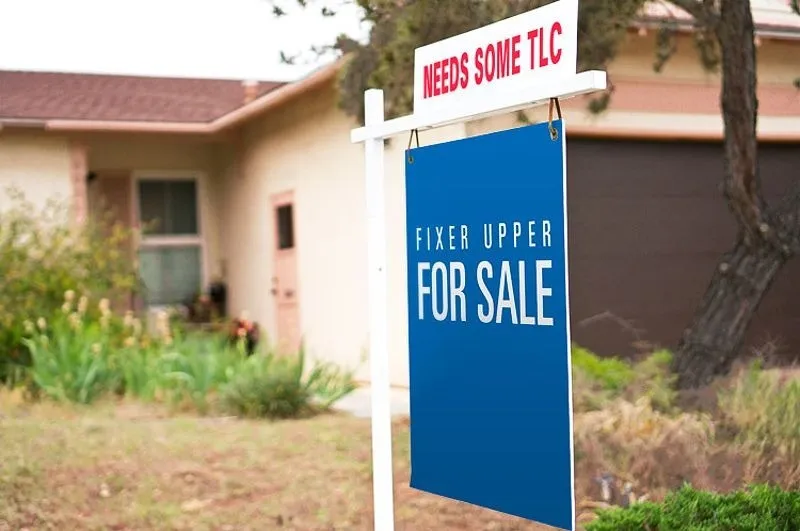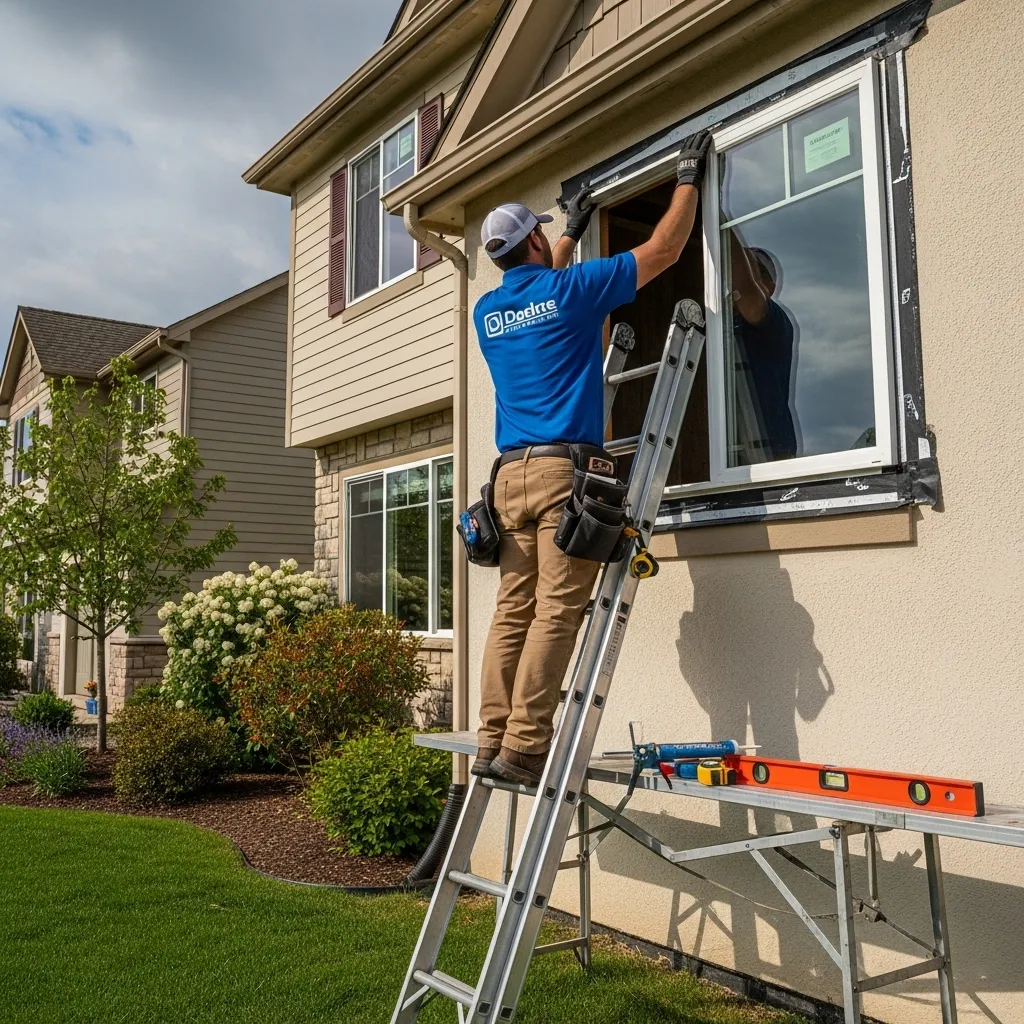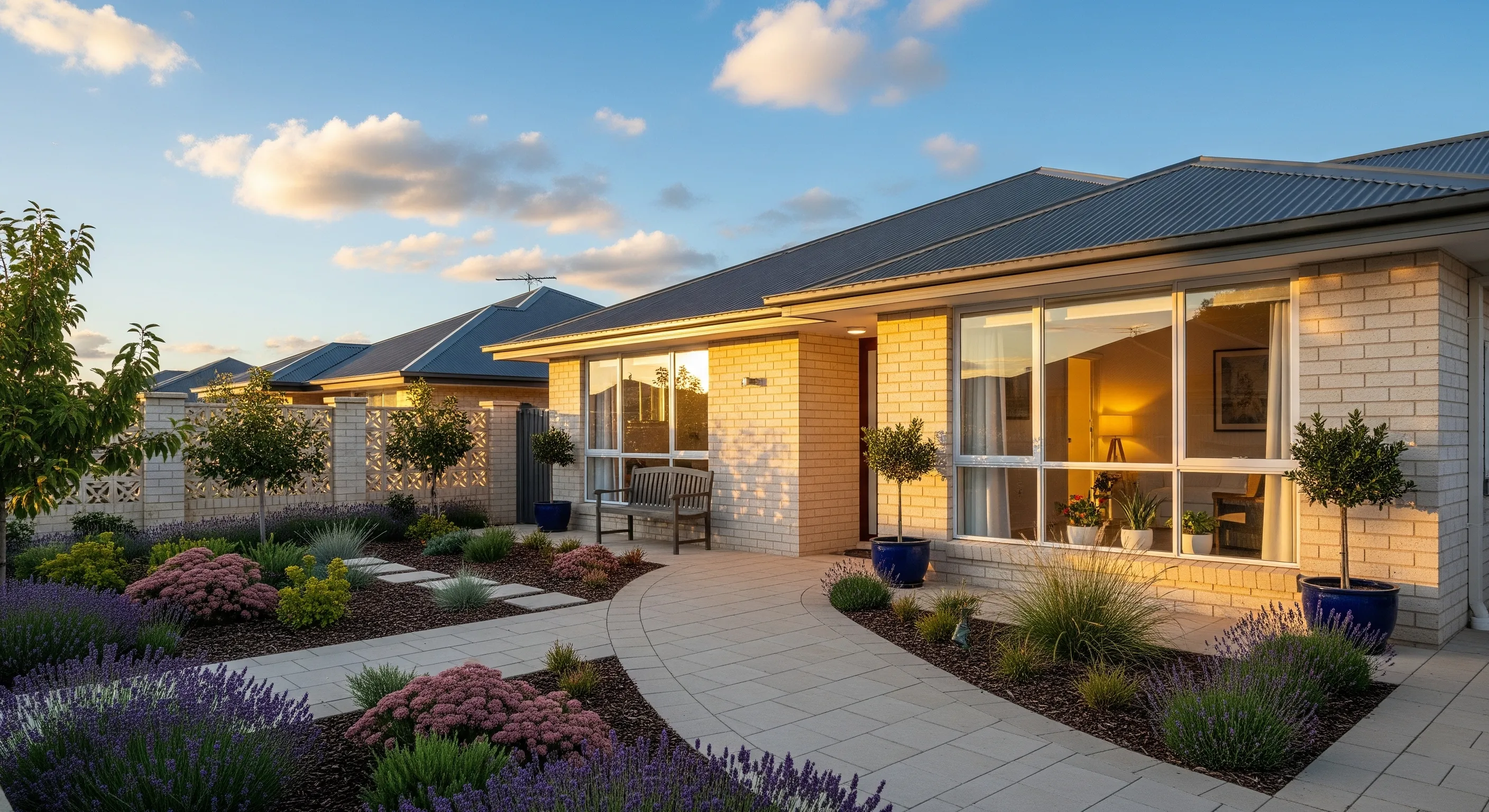Unlocking The Potential Of Fixer-Uppers: A Comprehensive Guide To Buying and Renovating
Fixer-uppers present an extraordinary opportunity for homebuyers and investors alike. Beyond the initial appearance of wear and needed repairs lies the potential for significant financial gain and a home tailored to personal tastes. In this guide, we explore how to unlock the full potential of fixer-uppers and make smart, strategic real estate decisions.

The Growing Appeal of Fixer-Uppers
In today’s competitive housing market, where home prices continue to climb, fixer-uppers offer an alternative path to homeownership. Increasingly, buyers are drawn to these properties for their affordability and the chance to build equity through renovation. According to recent data, nearly half of homebuyers are open to purchasing a fixer-upper, motivated by the combination of lower upfront costs and customization possibilities.
Why Fixer-Uppers Are a Smart Investment
Affordability with Room to Grow Fixer-uppers often list well below the price of move-in-ready homes, providing an affordable entry into desirable neighborhoods. This price gap allows buyers to invest in renovations while staying within budget. For example, purchasing a fixer-upper at $200,000 and investing $50,000 in improvements could result in a property valued at $300,000 or more after renovations, yielding significant equity.
Customization and Character Older homes often feature unique architectural details that are difficult to replicate in new builds, such as intricate woodwork, vintage fireplaces, or original hardwood flooring. Renovating a fixer-upper allows buyers to preserve these charming elements while updating the home to meet modern standards. This blend of old-world character and contemporary design results in a truly personalized living space.
Key Considerations When Buying a Fixer-Upper
- Location Matters Selecting the right neighborhood is crucial when purchasing a fixer-upper. Look for areas with strong school districts, growing job markets, and amenities such as parks, shops, and restaurants. Neighborhoods undergoing revitalization can offer substantial appreciation potential as new developments and businesses move in.
- Property Assessment Before making an offer, thoroughly evaluate the property’s condition. Hire a qualified home inspector to assess the foundation, roof, plumbing, electrical systems, and overall structural integrity. Understanding the scope of repairs needed ensures you can accurately estimate renovation costs and avoid unexpected surprises.
- Renovation Budgeting Setting a realistic renovation budget is essential. Mid-range renovations typically range from $50 to $150 per square foot, but costs vary depending on the project’s complexity and the local market. Always include a contingency fund of 10-20% to cover unforeseen expenses that may arise during construction.
- Working with Contractors Selecting experienced, licensed, and insured contractors is vital to a successful renovation. Obtain multiple bids, check references, and review contracts carefully. Clear communication throughout the project helps ensure work stays on schedule and within budget.
- DIY vs. Professional Help While some tasks like painting or minor repairs can be handled personally, complex projects involving plumbing, electrical work, or structural changes should be entrusted to professionals. Knowing your limitations prevents costly mistakes and ensures safety and compliance with local codes.
The Financial Power of Sweat Equity
Sweat equity refers to the value added to a property through the homeowner’s labor and time investment. By participating in the renovation process, buyers not only reduce costs but also build substantial equity. For instance, investing personal time in renovations might translate into thousands of dollars in increased property value, creating long-term financial benefits.
Partnering with a Real Estate Professional
Navigating the fixer-upper market can be complex, but working with a knowledgeable real estate agent simplifies the process. Look for agents who specialize in fixer-uppers and have extensive knowledge of the local market. They can help identify promising properties, negotiate favorable terms, and guide you through every step of the purchase and renovation journey.
Finding the Right Agent Seek recommendations from trusted sources or explore online platforms that list experienced agents in your target area. A skilled agent with expertise in fixer-uppers will provide invaluable insight, ensuring you make informed decisions and maximize your investment.
Frequently Asked Questions (FAQ)
- Q: What are typical renovation projects for fixer-uppers? A: Common projects include kitchen and bathroom remodels, flooring replacements, painting, landscaping improvements, and updating electrical or plumbing systems.
- Q: How do I estimate renovation costs? A: Consult local contractors for detailed estimates. A general rule is $50 to $150 per square foot, but specific costs depend on the property’s condition and the desired scope of work.
- Q: How can I find reliable contractors? A: Start with personal referrals, online reviews, and organizations like the Better Business Bureau. Verify licensing, insurance, and past project references before hiring.
Conclusion
Fixer-uppers present a remarkable opportunity to build wealth, create personalized living spaces, and enter competitive real estate markets at a more accessible price point. With careful planning, the right team of professionals, and a clear renovation strategy, you can transform a fixer-upper into your dream home while reaping significant financial rewards. Start your journey today and discover the untapped potential that fixer-uppers have to offer.











